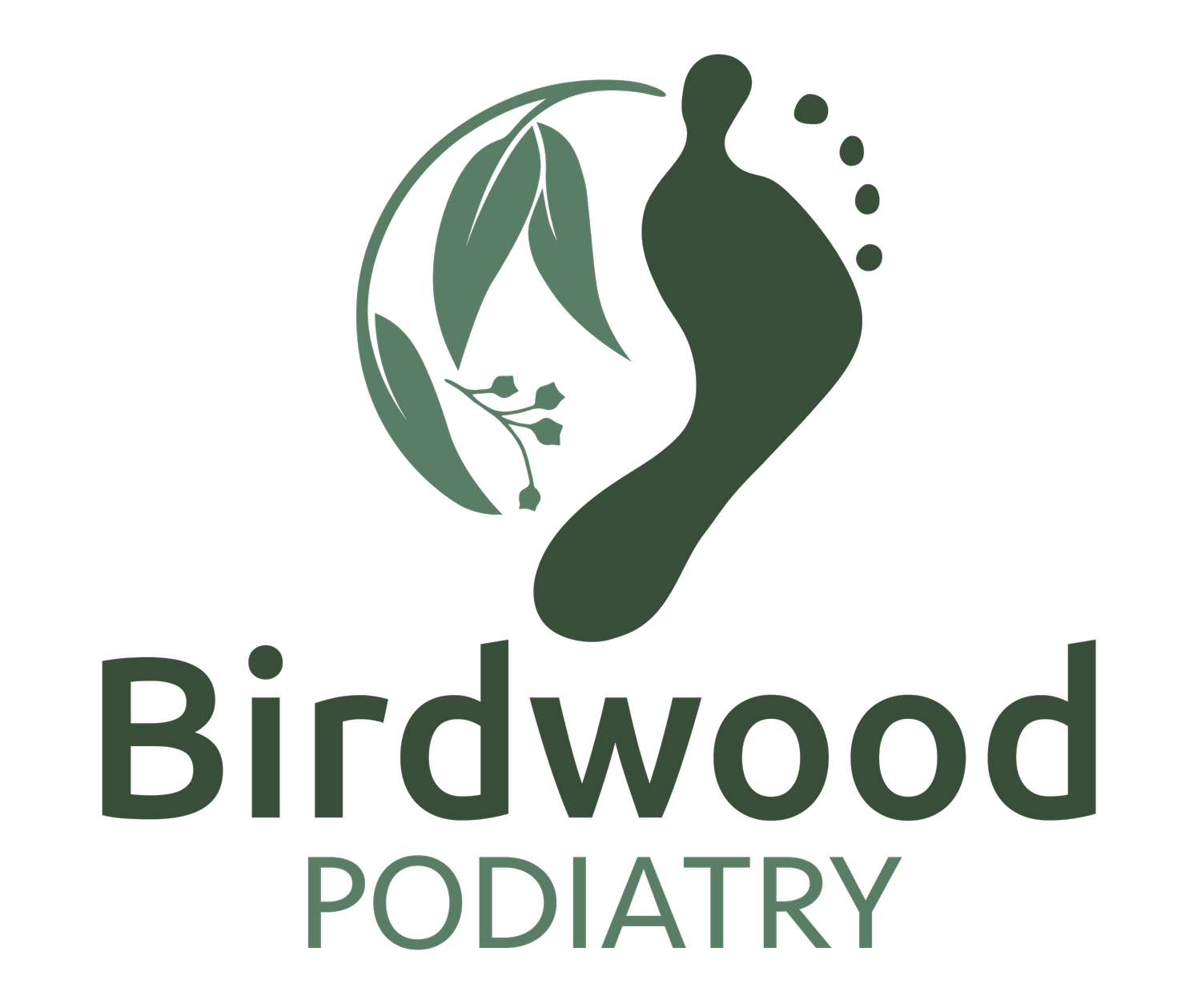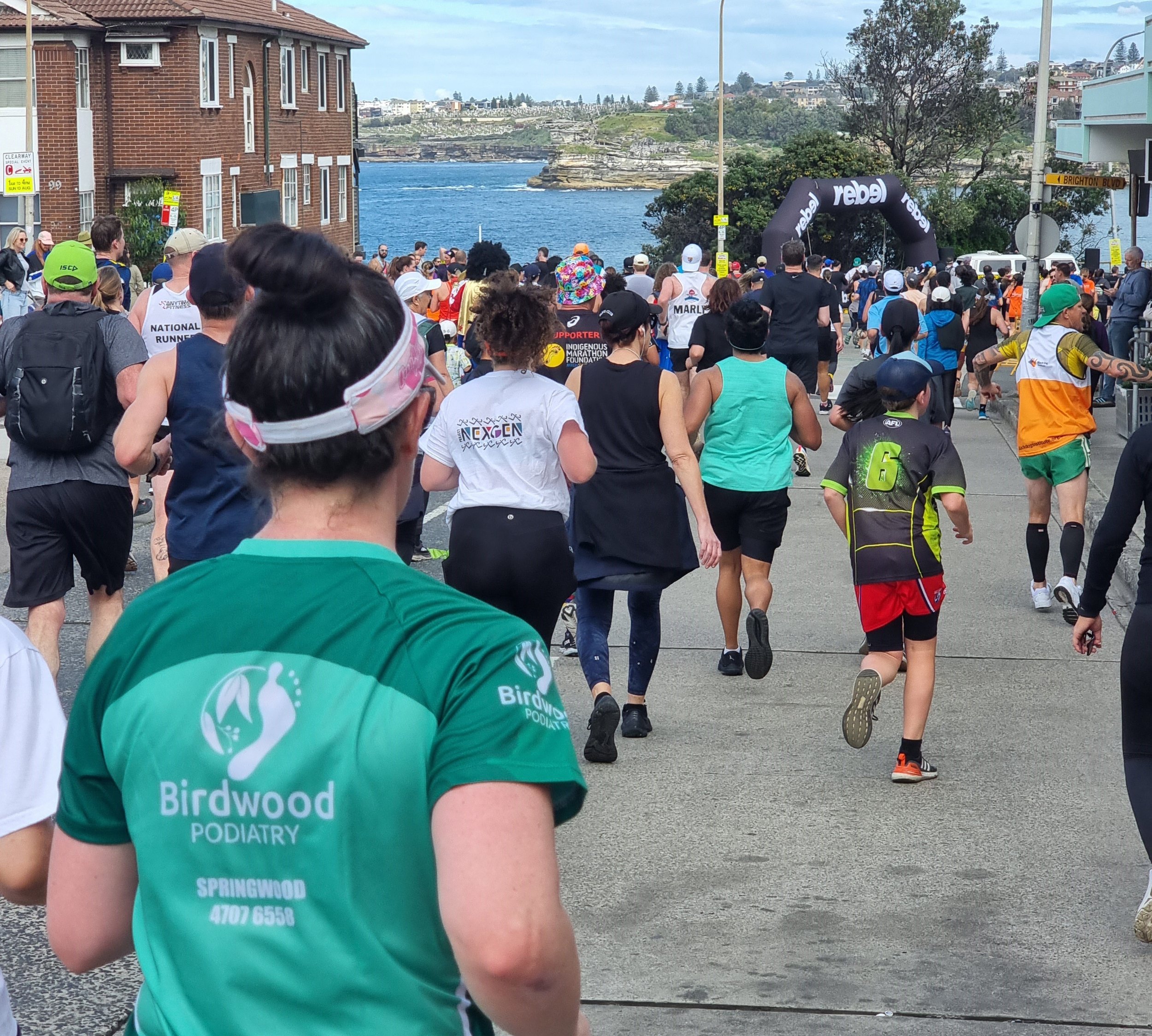Returning To Exercise
Spring is here -
It’s time to get moving!
As the weather warms up here in the beautiful Blue Mountains, we can feel that Spring is upon us. The bees are buzzing, birds are singing and we’ve emerged from hibernation to write our first blog
If the change of season has given you an extra spring in your step and the thought of exercising no longer has you retreating back under your blankets; Then it's time to get your body moving!
Whether you are ready to start a daily walk around the block, or tackle the challenge of training for your first marathon - we are here to help. Yes! Podiatrists aren’t only here to look after that one weird nail that always grows different, or make your skin silky smooth again. We also offer therapies to complement your return to exercise.
Taking a break from exercise during winter happens to the best of us. Before you jump right in, there are a few things you can do to get the best results from your exercise routine and (more importantly) remain injury free!
A few tips that we suggest to start you off on the right foot….
Start fresh - Don’t try to pick up from where you left off
A common mistake people make is going too hard too soon, after a long (or even short) break. Enthusiasm is great, but you have to avoid being too gung ho, or trying to make up for lost time. Much like me before I've had my coffee in the morning, our bodies need time to wake up and adapt to the new routine. Even a week or two off can be enough to lose strength and mobility, and put you at risk of injuries like a muscle strain in the calf, or joint complaint in the foot.
Build your intensity and frequency back up slowly
It can take roughly the same amount of time to build your fitness level back up as the time that you took off. So what felt easy in May might not feel as easy now that it's September. The key is starting back up slowly, and gradually increasing your intensity and frequency. Begin by alternating days of exercise with low intensity training or rest days to ensure you are giving your body adequate recovery. This will aid in remaining pain free. A good principle to follow is the 20% Rule = Increasing your time and/or distance by no more than 20% per week.
Remember to warm up and cool down!
We know, you know, it's boring! BUT warming up is crucial no matter where you are in your fitness journey. It’s especially important if you are returning to physical activity to prevent injury and reduce muscle soreness.
Allowing your body to cool down at the end of your training session allows for a gradual recovery of your heart rate and blood pressure and helps to regulate blood flow.
Listen to your body and respond
Now is a good time to listen to your body’s levels of fatigue and/or pain. Listen to the warning signs instead of pushing through, and if something hurts - STOP. Pain is a sign that you’re either doing something wrong or you’re doing something your body isn’t ready for. Stop and evaluate what may have caused that niggle. If you are experiencing pain, we’re here to help and get you back on your feet.
You may be feeling great and ready to get back into the swing of your old routine, but try to take adequate recovery time when you feel the need to, and try your best to get a good night’s sleep! Rest days are the days your body can adapt to the stress, and come back stronger - rest is training!!!
Breaking-in new shoes or orthotics
Perhaps you bought a fresh pair of runners to start off your new health kick and are eager to start running - that’s great! But we recommend you walk (Literally!) before you run. After your first lace-up, take them for a little walk so your feet and shoes can get to know each other a bit. Then, begin with a SHORT run (no longer than 20 - 30 minutes) to test them out. Your podiatrist can give quality guidance and recommendations on choosing the correct footwear for you, as well as exercises to prevent injury.
New orthotics will also have a ‘breaking in’ period. We recommend wearing them for only one hour on the first day - even if they feel great. Increase your time in them by one hour each day until you reach 5 hours a day comfortably. That’s when you're ready to wear them full-time for simple activity. Another week down the track and you can introduce more adventurous activity. It’s crucial that you wait till this period to start wearing them when exercising.
Don’t suffer through persistent foot or lower limb pain - it is well worth a visit with one of our podiatrists to determine the route cause and find a solution that suits your needs.
Bike position, Shoes and Cycling Orthotics
Being a keen cyclist for many years, there isn’t much Phil hasn’t experimented with in bike setup. Known by his mates to be a tinkerer, he’s taken out the 4mm hex key many times at the coffee stop, trying out some new tweak. Don’t be like Phil - seek help!
If your return to exercise includes bike riding, Phil can help you with advice. Whether it is about cleat position for cycling shoes, bike fit advice if riding is new to you, Phil is at the ready to geek out on bike specs. Hot spots in your cycling shoes? Chasing more power transfer in your sprint? Where needed Phil is able to fit Cobra9 custom cycling orthoses. Birdwood Podiatry are happy to use their experience to help get you comfy on the bike. Where ever you’re at with your journey in the cycling world, we’re happy to tailor advice to keep you going.
Cobra9 Custom Cycling Orthotics
Now, all that's left is for you to get out there! Good luck!
From shockwave, prolotherapy and dry needling or general Nail and Skin treatment we have solutions to best support your lifestyle and exercise goals, or see you through injury.
If you’d like to book a treatment or have any questions please get in touch with us.
Give us a call at (02) 4707 6558, email phil@birdwoodpodiatry.com.au or to book an appointment click here.


